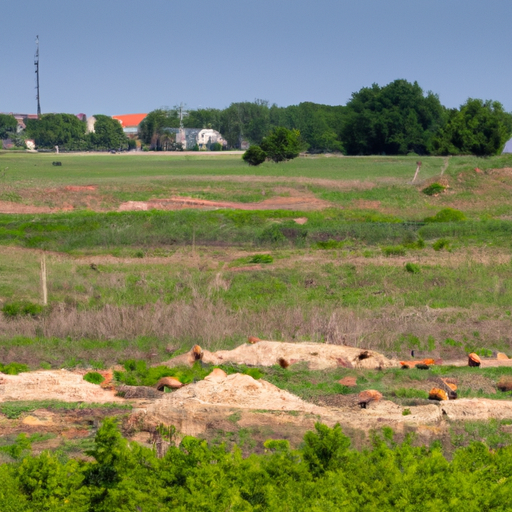Understanding Prairie Dogs
You might have heard about prairie dogs before, but have you ever wondered where these cute creatures make their homes? Prairie dogs, despite their name, are not dogs at all. They’re a type of burrowing rodent, native to the grasslands of North America.
Prairie dogs are social animals, living in large colonies or “towns” spanning hundreds of acres. They communicate with a complex system of vocalizations, body postures, and social behaviors. And, just like you as a caregiver pour love and attention into caring for others, these animals have a strong sense of community and take care of each other too.
Their Burrowed Homes
Prairie dogs live in complex burrow systems, which they dig themselves. These burrows provide them with protection from predators, shelter from weather, and a place to raise their pups.
Let’s imagine, if you will, the burrow as a kind of underground house. It’s a network of tunnels and rooms, or “chambers,” each with a specific purpose.
| Chamber Type | Purpose |
|---|---|
| Nursery | For raising pups |
| Sleeping | For resting |
| Toilet | For waste disposal |
| Food storage | For storing food |
Where to Find Prairie Dog Towns
Prairie dogs predominantly inhabit the following regions:
- The Great Plains of North America, from Canada to Mexico
- The Western United States, including Montana, North Dakota, Wyoming, and Colorado
These areas provide the perfect environment for prairie dogs. The flat, open landscapes make it easy for them to keep an eye out for danger, while the soft soil is perfect for digging.
Threats to Prairie Dog Habitats
However, things are not always peaceful in the prairie dog world. Just as you may face challenges in your caregiving role, prairie dogs too face numerous threats to their habitats.
- Habitat Loss: Human activities like agriculture and urban development have significantly reduced prairie dog habitats.
- Disease: Plagues, particularly sylvatic plague, have decimated prairie dog populations.
- Hunting: Prairie dogs are often seen as pests and are hunted or poisoned.
Conservation Efforts
Yet, hope is not lost. Just as you tirelessly work to improve the lives of those in your care, many conservation groups and individuals are working hard to protect and conserve prairie dog populations. Efforts include habitat restoration, disease management, and public education about the value of prairie dogs to the ecosystem.
FAQ
Q: Are prairie dogs dangerous?
A: Generally, prairie dogs are not dangerous. They are more likely to run away from humans than attack them.
Q: What do prairie dogs eat?
A: Prairie dogs mainly eat grasses, but they will also eat seeds, roots, and fruit.
Q: Can prairie dogs be kept as pets?
A: While it’s possible to keep prairie dogs as pets, they require a lot of care and attention. They’re also considered a pest in many places and may be illegal to own.
Q: How long do prairie dogs live?
A: In the wild, prairie dogs live for about 3-4 years. In captivity, they can live up to 8-10 years.
Q: Why are they called prairie dogs?
A: They are named for their habitat and their warning call, which sounds similar to a dog’s bark.



